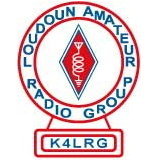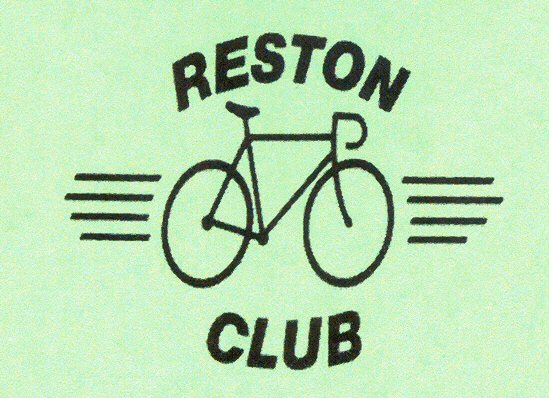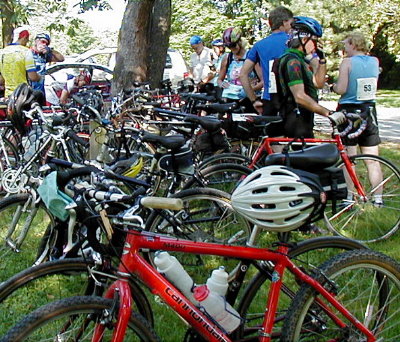|
The Reston Century 2008 Communications Support Operations Plan
By Gary Quinn - NC4S Assistant EC, Loudoun County, Amateur Radio Emergency Service
Released 2034 hours, Tuesday, August 19, 2008
Loudoun ARES - LARG OPLAN 2008 Amateur Radio Support Communications to the
Reston Century
Dated: August 19, 2006
From: NC4S Gary Quinn
Time Zone: Eastern Daylight Saving Time
Mission: Provide radio communications support to the Reston Bike
Club on Sunday August 24, 2008.
Procedures: This will be a directed voice net operation. All
communication will be on the primary frequency unless directed by net control to
secondary frequencies for the handling of traffic. The net control will be located at the
home of Gary NC4S. Net control will use the call sign of K4LRG.
Net Primary frequency will be simplex 147.480 MHz with sub audible tone of 100 Hz.
Net secondary frequency will be 443.00 MHz with sub audible of 88.5 Hz
Cross band repeat in Reston will utilize 445.925 MHz using sub audible tone of 100 Hz for
the uplink in Reston to the simplex 147.480 net frequency.
Note: sub audible tone is used to reduce interference in Reston
APRS will use 144.390 MHz
Schedule:
Site installations started 5:30 AM Sunday August 24, 2008
Sites installed and operational by 6:30 AM
Net control establishes net at 6:30 AM and begins station
Check in and test.
Full net operations will commence at 7:00 AM
All stations should note during the test period what stations they
can receive and provide a report to net control.
All sites and stations should be operational until told to
secure by net control.
Sites:
Net control operators: N5CTI, Boyd Garrett, WF1L, Bill and Dave Putman, KE4S
Reston Town Center operators: AI1V, Rick Miller, assisted by KE5APC Jeff Slusher
RBC contact at site Ken Thompson
Ashburn rest stop operators: KB3EMT, Grant Russell assisted by KI4TXP, Jay Ives, KU1T, Z
Tyrlik, and Anna Tyrlik, KJ4EOS.
RBC contact at site Kathy Shea
Hamilton rest stop operators: AI2C, Norm Styer, assisted by W4AU, John Unger, N4PD Paul
Dluehosh
RBC contact at site; team needs to find out on site.
SAG assignments:
SAG-1: Ashburn area (see half-metric and metric sheets)
7:30 to ~ 3:30
Driver: Ann West, RBC, 703-599-2849
Radio: Greg Drew, N3MXX
Meet: Ashburn rest stop LARG radio station
Finish: when relieved by SAG-2 -- please pickup signs along Ashburn loop (cue #7) ~2:00
Return riders that can't finish to RTC
SAG-2: Leesburg area and final sweep to RTC (see metric cue sheet)
7:30 to ~ 3:00 with radio operator,
Driver: John Shea, RBC, 703-501-8336
Radio: Bill Buchholz, K8SYH
Meet: Hamilton rest stop LARG radio station
Finish: radio – when last rider gets to Hamilton
Driver -- when last rider leaves Ashburn pickup signs on final sweep. Relay riders that
can't finish to Ashburn and call SAG-1 for pickup.
SAG-3: Taylorstown Loop (see century sheet cue #3 )
8:00 to ~ 2:00
Driver: Greg Foster, RBC, 703-489-8706
Radio: Dave Wendland, KE4OKY
Meet: Hamilton rest stop LARG radio station
Finish: When last rider gets to Hamilton – please pickup signs on final sweep. Relay riders
that can't finish to Hamilton rest stop and call SAG-2 for pickup.
SAG-4: Hamilton South and West Loops (see century cue #4 overlaps metric sheet cue #5)
9:00 to ~3:00
Driver: Kurt Reber, KI4FWB
Radio: TBA
Meet: Hamilton rest stop LARG radio station
Finish: When last rider gets to Hamilton rest stop – please pickup signs on final sweep.
Relay riders that can't finish to Hamilton rest stop and call SAG-2 for pickup.
Please continuously patrol your route, Look out for sign tampering, and carry the
following:
Tire pump, levers adjustable wrench, spare tubes (RBC will provide), paper towels, extra
water first-aid kit (RBC will provide), pen, paper, incident report forms, extra cue sheets and
Tie-wrap cutter.
Each SAG radio operator should call their respective SAG driver and
coordinate time for pickup, equipment installation and confirm
location.
Operations:
The net control will be located at the home of Gary NC4S. Net control
will use the call sign of K4LRG.
Net Primary frequency will be 147.480 simplex with sub
audible tone of 100 Hz.
Net secondary frequency will be 445.975 simplex.
SAG vehicle operators will use 144.390 MHz for APRS
Equipment: All stations should have FM capability on 144 and 440 MHz.
All stations will be powered using appropriate battery power to cover
the entire day's operational needs.
We will use tactical call sings where possible:
REST STOPS
Ashburn
Hamilton
Reston
SAGS
SAG 1
SAG 2
SAG 3
SAG 4
BIKE RIDERS
Bike1 for KS1G Steve Greene
When using tactical call signs best practice is to use your FCC call
as you complete each exchange. This will keep you legal.
Operation and Event Notes:
Station captains, need to set up radios, power, antennas and shelters
for each of their respective sites. If they need resources to fulfill
this requirement please let Gary Quinn or one of the team members
assigned to the rest stop know so that they may assist in providing
the resources needed. You may also set up more than one station for
dual operation on both 144 MHz and 440 MHz.
Electrical power for all radios is to be battery power.
Safety: Make sure that you check antenna positions so that they will
not risk adverse RF exposure, make sure antennas will not contact
power lines, make sure that cables do not create a tripping hazard,
and make sure that you are sheltered and hydrated.
ALL OPERATORS, Be sure that you can be self sufficient for food and
water. I hope that you will be able to receive water at the rest
stops and snacks but it is better to be prepared to take care of your
needs independently. SAG riders especially need to take food and
water with them.
Time and Logs: All stations should keep logs and record traffic. Keep
a log of all communications for your station in daylight savings time
in 2400-hour format.
SAG riders if possible will provide APRS in the vehicle they are
riding in.
NNNN
|
|




